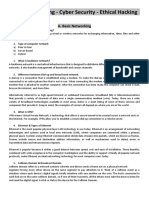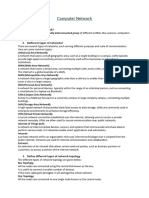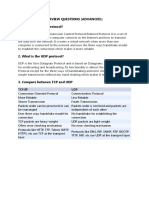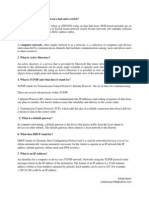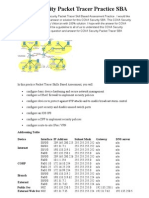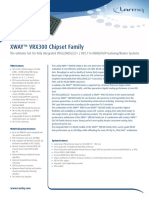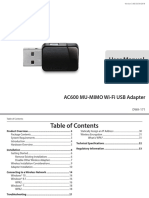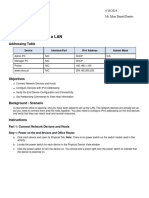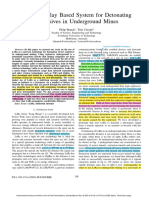0% found this document useful (0 votes)
63 views3 pagesComputer Networks Lab Viva Questions
Cn
Uploaded by
narutouzmaki86888Copyright
© © All Rights Reserved
We take content rights seriously. If you suspect this is your content, claim it here.
Available Formats
Download as PDF, TXT or read online on Scribd
0% found this document useful (0 votes)
63 views3 pagesComputer Networks Lab Viva Questions
Cn
Uploaded by
narutouzmaki86888Copyright
© © All Rights Reserved
We take content rights seriously. If you suspect this is your content, claim it here.
Available Formats
Download as PDF, TXT or read online on Scribd
/ 3











